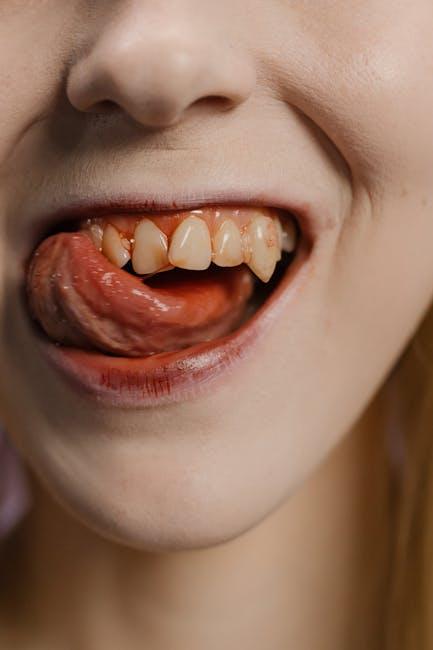
Does Medicaid Cover Dental? Orthodontics, Common Procedures & State Coverage
Dental health is a vital part of overall well-being, yet many wonder about the extent of dental benefits under Medicaid. If you’re asking, Does Medicaid cover dental care? – you’re not alone. This comprehensive guide will walk you through Medicaid dental coverage, including orthodontics, common dental procedures covered, and the variations in coverage by state.
Understanding Medicaid Dental Coverage
Medicaid is a public health insurance program in the U.S. that provides medical coverage to low-income individuals and families. While medical benefits under Medicaid are federally mandated, dental coverage is much more variable and generally considered an optional benefit for adults. However, dental coverage for children under Medicaid is federally required under the Early and Periodic Screening, Diagnostic and Treatment (EPSDT) benefit.
Dental Coverage For Children
Medicaid mandates comprehensive dental services for children under 21, making dental coverage more consistent for younger enrollees. This includes preventive care, restorative treatments, and needed specialty dental care.
Dental Coverage For Adults
Unlike children, adult dental benefits vary by state because the federal government does not require states to offer dental coverage to adults. Some states provide extensive dental coverage, including orthodontics, while others offer minimal or no dental benefits for adults.
Common Medicaid Dental Procedures Covered
Dental services covered by Medicaid often include:
- Preventive services: Cleanings, exams, X-rays, fluoride treatments.
- Restorative services: Fillings, crowns, root canals.
- Emergency dental care: Treatment for issues like tooth pain and infections.
- Oral surgery: Tooth extractions, including wisdom teeth removal.
- Orthodontics: Coverage varies, often limited to medical necessity cases (like cleft palate).
- Dentures: Partial and full dentures in many states.
Orthodontic Coverage Under Medicaid
Orthodontic coverage (braces and related treatments) under Medicaid is generally limited. When covered, it’s typically for severe medical or developmental conditions rather than cosmetic reasons. For example, Medicaid may cover orthodontics for children with:
- Cleft palate or craniofacial anomalies
- Significant jaw misalignment affecting speech or chewing
Each state has its own criteria to determine eligibility for orthodontic coverage, so it’s important to check local Medicaid guidelines.
How Dental Coverage Differs by State
Since states have flexibility in offering adult dental benefits, coverage varies widely. Below is a quick comparative table of dental coverage for adults under Medicaid in select states:
| State | Adult Dental Coverage | Orthodontics Included? |
|---|---|---|
| California | Extensive coverage including preventive, restorative, and dentures | No (except medical necessity) |
| Texas | Limited adult dental coverage; emergency only in most cases | No |
| New York | Comprehensive dental benefits for adults | Yes, with prior authorization |
| Florida | Very limited adult dental coverage; emergency extractions | No |
| Illinois | Moderate coverage including preventive and some restorative services | Limited, for medical necessity only |
Note: These categories reflect typical standard offerings and can change with policy shifts. It’s best to verify with your state Medicaid website or local office.
Practical Tips for Medicaid Dental Benefits
- Check your state’s Medicaid dental coverage: Visit your state’s Medicaid website or contact your plan directly to confirm which dental services are covered.
- Keep up preventive care: Annual cleanings and exams can prevent costly, painful dental problems later on.
- Use network providers: Most Medicaid dental benefits require seeing providers who accept Medicaid plans.
- Explore dental managed care plans: Some states offer Medicaid dental plans that can improve access and convenience.
- Document medical necessity: For orthodontic treatment coverage, work with your dentist or orthodontist to provide thorough documentation if you have qualifying conditions.
The Benefits of Medicaid Dental Coverage
Access to dental care through Medicaid offers numerous benefits beyond maintaining a bright smile. Here are some key advantages:
- Early detection of health issues: Regular dental visits can detect signs of diabetes, heart disease, and oral cancer.
- Improved nutrition and speech: Healthy teeth and gums are essential for eating and communicating effectively.
- Reduced emergency room visits: Treating dental issues early can prevent costly ER visits for dental pain or infections.
- Better quality of life: Managing oral health can boost confidence and social interactions.
Real Stories: Medicaid Dental Coverage in Action
Case Study: Sarah, a mother from Illinois, enrolled in Medicaid and was able to get her two children regular dental cleanings and sealants at no cost. When her son needed braces after a severe bite issue was diagnosed, she applied for orthodontic coverage under Medicaid and received approval based on medical necessity. Sarah credits Medicaid for helping her children maintain their dental health without financial stress.
Conclusion: Is Medicaid Dental Coverage Right for You?
Medicaid dental coverage is a crucial resource but comes with complexities. Children under Medicaid enjoy federally guaranteed dental benefits, while adults must navigate variable coverage depending on their state’s policies. Orthodontic benefits are usually limited but available when medically necessary.
Before making dental care decisions, confirm your state’s Medicaid dental benefits and coverage limitations. Preventive care and early treatment are key to maintaining oral health and avoiding expensive emergencies.
At Healthinsurance.org, we strive to provide clear, accurate information so you can make informed choices about Medicaid and dental care. Use the resources available and advocate for your oral health—your smile is worth it!


